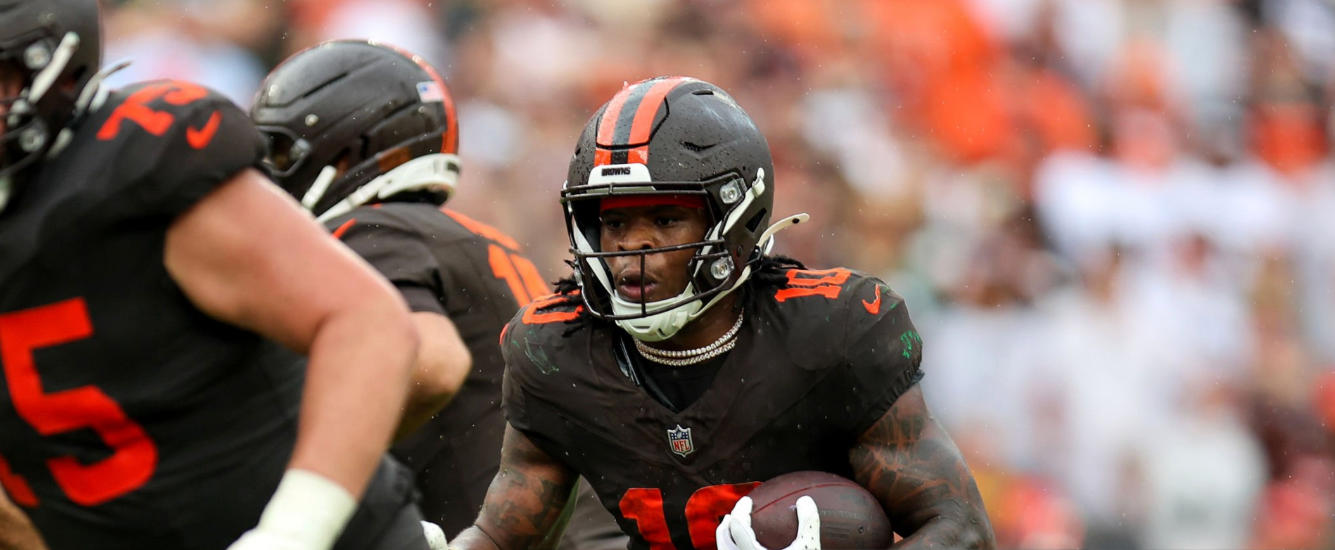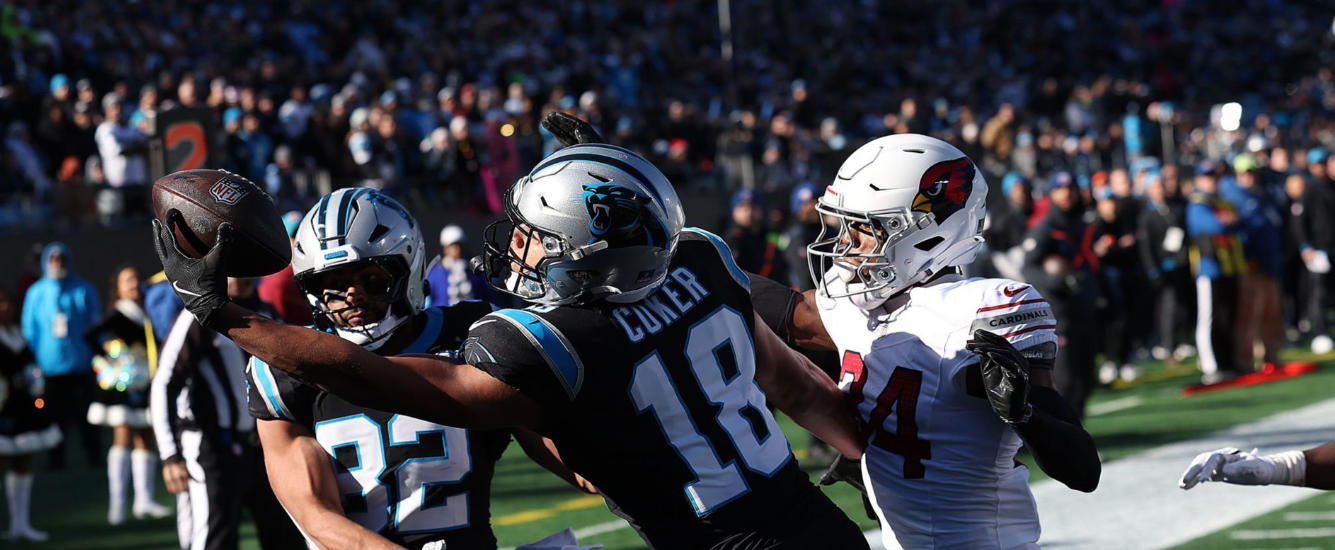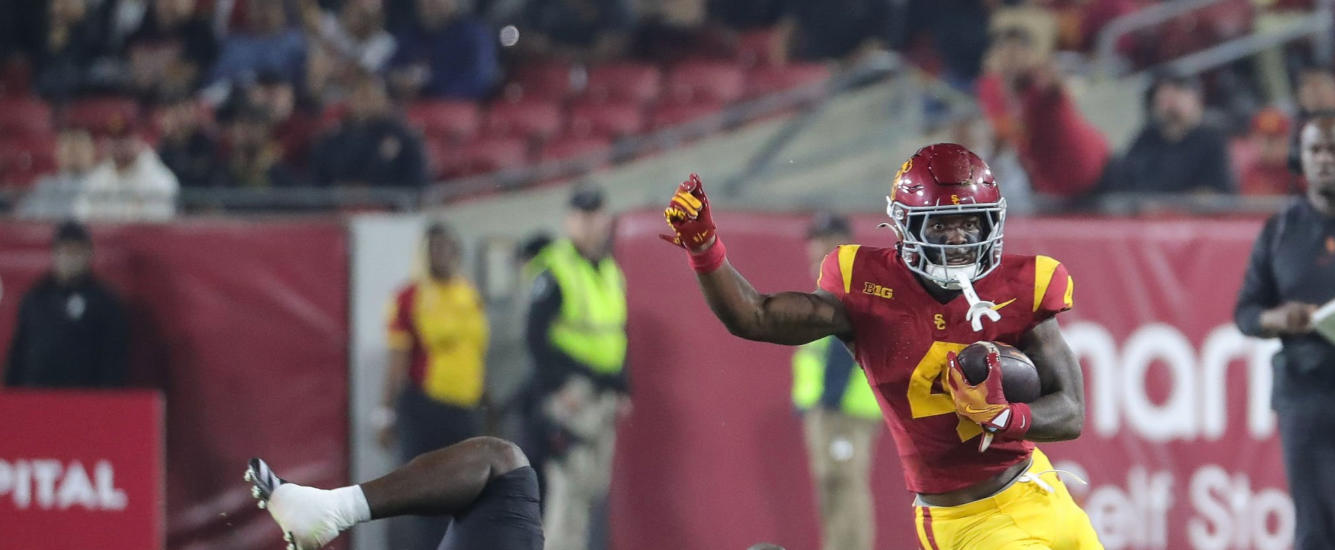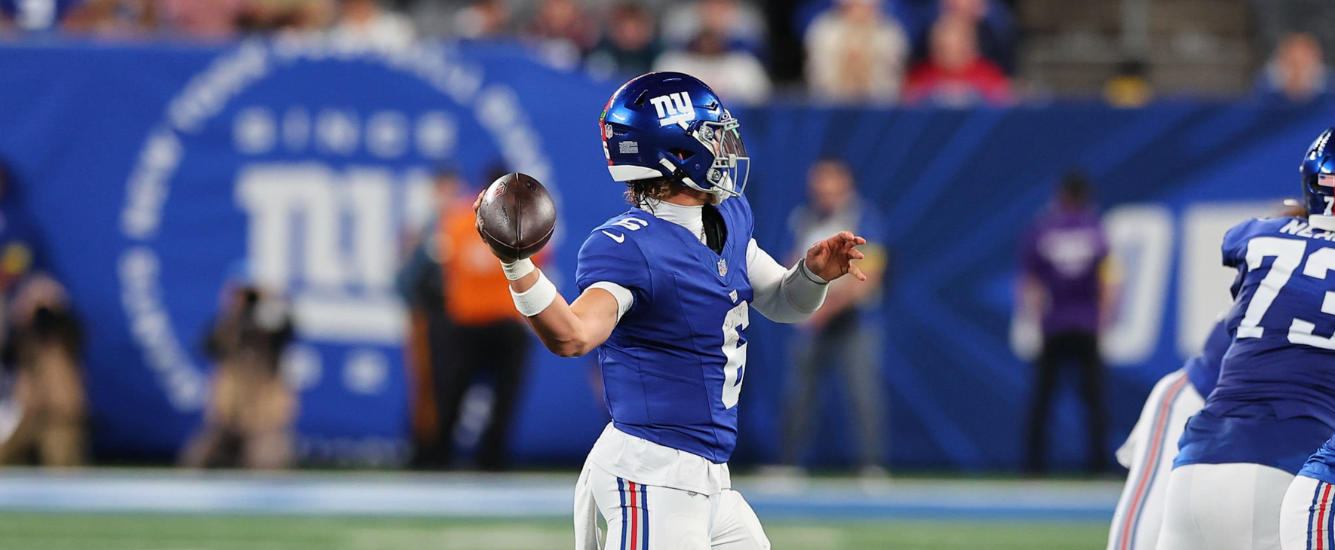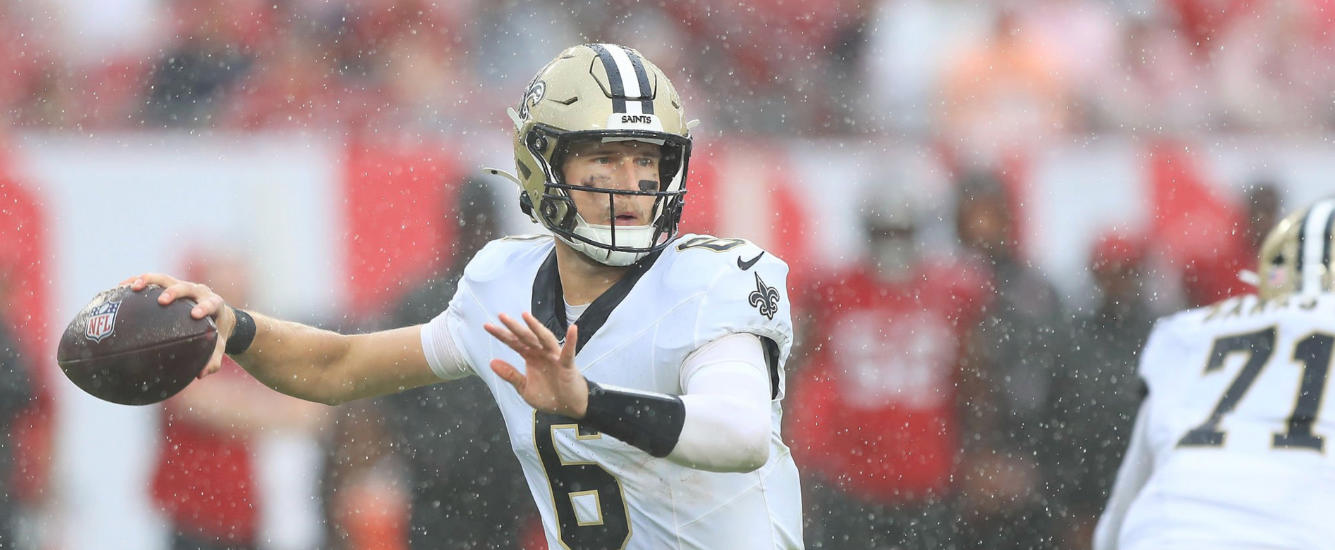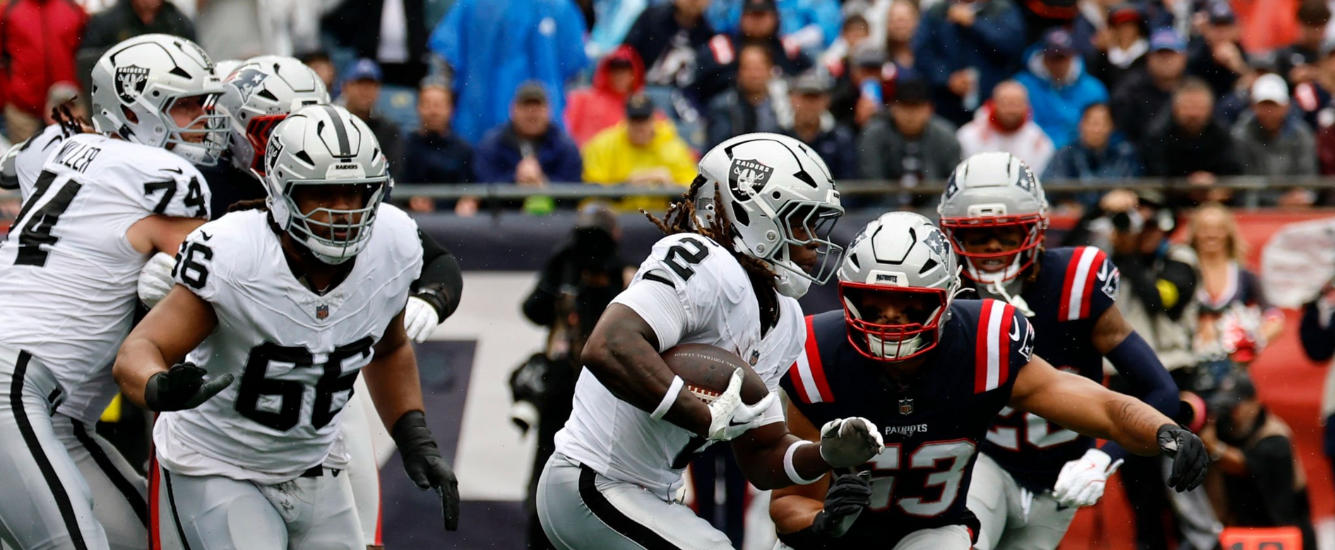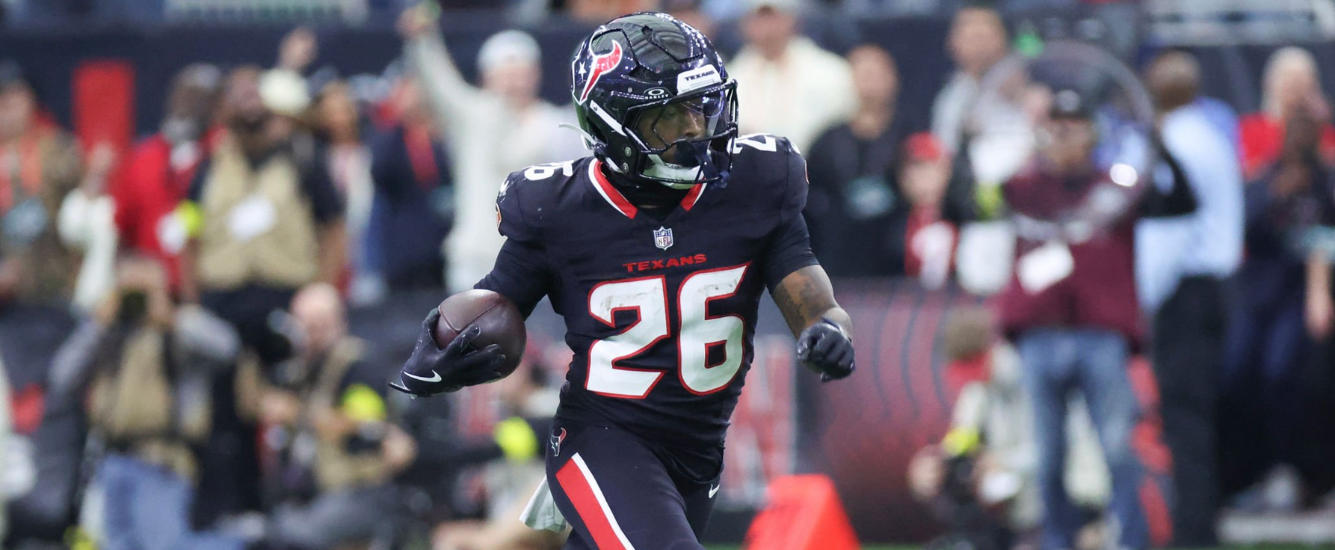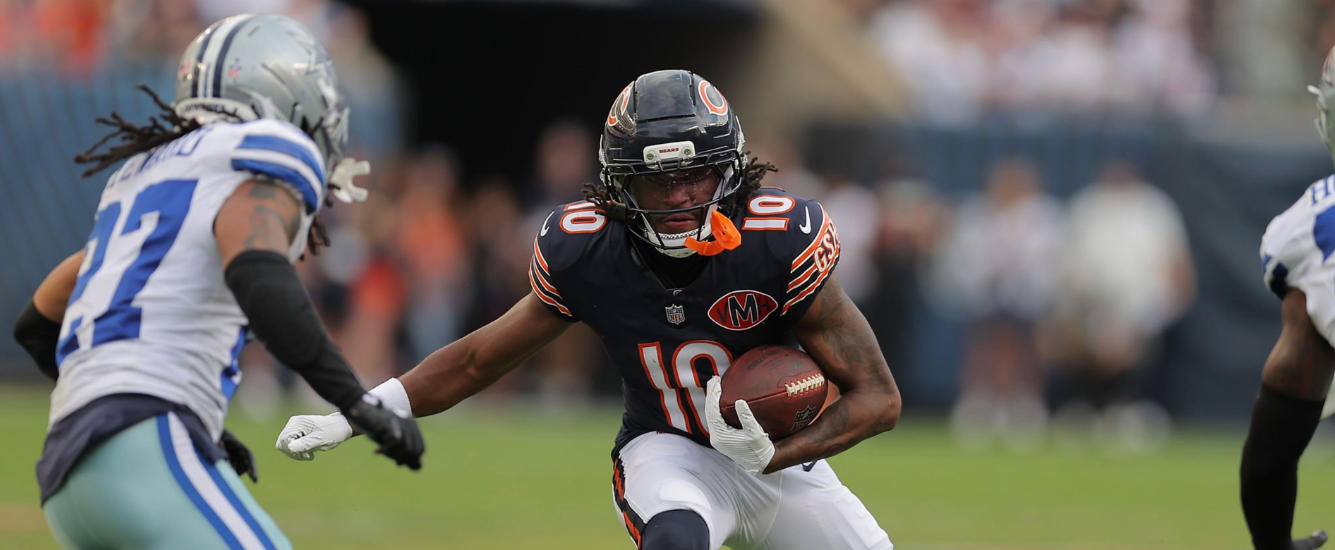If you think you fully understand the importance of fantasy efficiency, think again.
Fantasy football doesn’t have to be difficult. We love digging into all the advanced metrics, refining our models, and finding tiny edges using new data sources. But sometimes the old standbys still give you the best bang for your buck. We’ve advocated using win rates to evaluate player seasons for several years now, and it remains the most straightforward way to determine whether a player outperformed expectations.
To be sure, win rates aren’t perfect — sometimes players who underperform end up with above-average win rates, simply because of the players they were often paired with or the most likely roster constructions they featured in. We refer to this affectionately as the Eno Benjamin effect. Benjamin was one of our top late-round RB targets as a rookie in 2020. He sported an 8.6% win rate that year, despite not appearing in a single game for the Cardinals.
The Hidden Power of the Eno Benjamin Effect
Various attempts have been made to adjust win rates to account for this sort of phenomenon. If Benjamin contributes nothing to your fantasy team, that should somehow be reflected in his win rate. But this disconnect between on-field performance and best ball win rates can also be viewed as a feature rather than a bug. Benjamin contributed nothing to 2020 best ball teams, yet he still finished with an above-average win rate, meaning teams that drafted him outperformed expectations in spite of him. In other words, drafters who thought Benjamin was a good pick were sharp in other ways. In fact, from a process-over-results standpoint, one could argue Benjamin was himself a sharp pick, albeit one on the wrong side of variance.
That is to say, even though Benjamin himself contributed nothing, the fact that managers who drafted him still won their leagues at an above-average rate suggests that the process that led to a Benjamin pick (or at least, a Benjamin team) was a good one. As a football player — and as a fantasy football asset — Benjamin was an utter failure. Yet fantasy managers who were chasing his profile were rewarded.
Mostly the thing you were chasing with Benjamin was the wide range of outcomes and the fact that players with his profile — young players who were dominant in college — often outperform their reality draft position. But those aren’t the only or even the main things you might chase when you’re on the clock. So what should we be chasing?
A Minor Bait-and-Switch
Even though the introduction above hints at some features of an RB profile we might want to chase, the results at RB are so weirdly interesting that I have to show you a different position first. This is mainly so that the juxtaposition has its full effect. Stay tuned for the RB edition of this article coming shortly. However, this series will begin at the WR position with a simple question: what separates WRs who return an above-average win rate from those who don’t? I compared some of our favorite high-level metrics across the position over the last five years.



